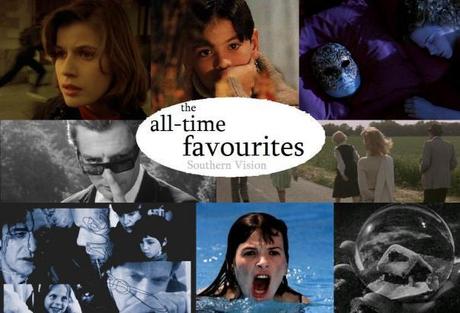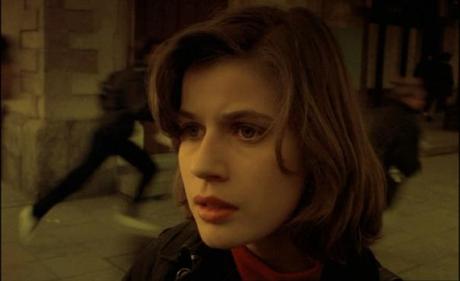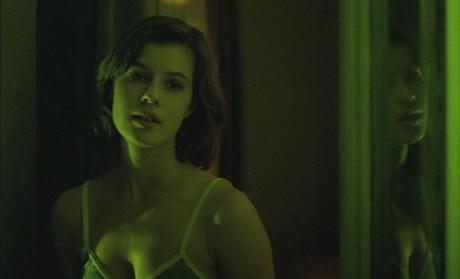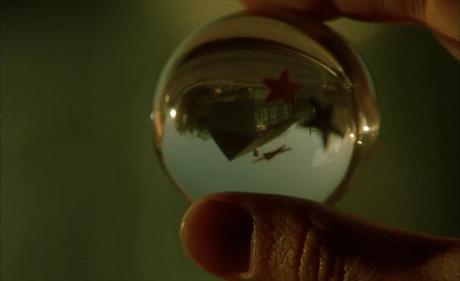
Welcome to the All-Time Favourites Series. This series examines 25 of the greatest films I’ve ever seen, looking at them in depth with analyses of what makes them great, and cutting down to the most basic level, looking at plot, cinematography, writing, direction, acting and other things, to see what makes these great films tick. For more on the series, click here. This week’s film is Krzysztof Kieslowski’s beautiful 1991 film The Double Life of Veronique.

There are moments of such intense beauty in The Double Life of Veronique that it seems almost difficult to consume; moments of such amazing, ethereal wonder that we instantly understand that the beauty in these images is and shall forever remain beyond our comprehension. It’s been a while since I’ve watched this film, but after five viewings, these images still ring in my mind, imprinted there forever. There are only about ten films that have had this intense effect on me, but none have done it in precisely the manner of this film.

The bridge between the more acclaimed The Decalogue and Three Colours trilogy, Double Life is the magical and trance-like story of Weronika and Veronique (both played by the incredibly beautiful Irene Jacob). Born on the same day, in different countries, the two go about their lives completely unaware of the other’s existence, despite looking exactly alike. However, they can sense it, and when Weronika collapses during a musical recital, Veronique can inexplicably feel within her that something is wrong. Earlier, while traveling on a bus through Krakow, Veronique takes countless pictures of the city square around her and unknowingly snaps Weronika, however this photographic discovery is not made until much later in the film, in the movie’s most heartbreaking scene.
The connections between Weronika and Veronique are uncanny, and it is not implausible (and quite highly suggested) that they are exactly the same person, just living in a different country and with a few natural differences. However, when Weronika collapses to her death early in the film and Veronique, on a whim, cancels her music lessons, we sense “fate” or some arbitrary force intervening, telling us what might have been of Weronika had she chosen a different path. Veronique’s relationship with a puppeteer and novelist named Alexandre, though highly sexual, is also darkly melancholic. Everything is far from perfect for Veronique, though nothing is really bad either.

Within this film, there are connections to other themes and symbols throughout Kieslowski’s work. Most obviously, he would revisit the theme of two people living the same life in Three Colours: Red, a film in which we follow an elderly judge, and are also simultaneously told the story of the same man (or an eerily similar man) when he was years younger. Another connection between Kieslowski work is the dangerous doom of sexual relationships, which even as they flourish, are countered by unease and foreboding (told in greater detail in the sixth episode of The Decalogue, or its expansion, A Short Film About Love). These themes and many more are contained within the images of this film, beautifully shot by the forever great cinematographer Slavomir Idziak, whose work ranks amongst that of Sven Nykvist or Conrad L. Hall as truly beyond remarkable.
As with many other Kieslowski films (particularly Three Colours: Blue, also shot by Idziak), there are images in this film, that on their own are truly beautiful and speak magnificent volumes of their meaning. You can press pause at nearly any point in this movie and be staring into a luminous image of fantastic symbolism. One of my favourites is the final shot of the film, which sees Veronique extend a hand and caress a tree. What does it mean, if anything? The great thing about this film is that the image doesn’t have to be understood to satisfy its audience. On its own, it is a powerful shot from which the audience can draw their own meaning. That is an achievement that on its own is truly remarkable. Krzysztof Kieslowski had a talent for it, and loaded his films with images that constantly stun us with their power, careful precision, and thorough understanding of life.

To read previous posts in the All-Time Favourites series, click here.
Advertisement
